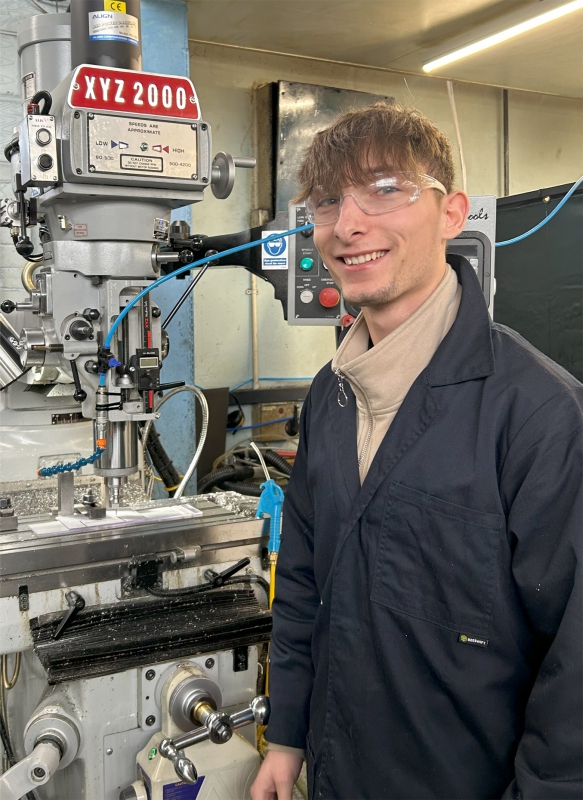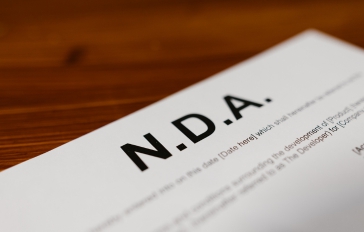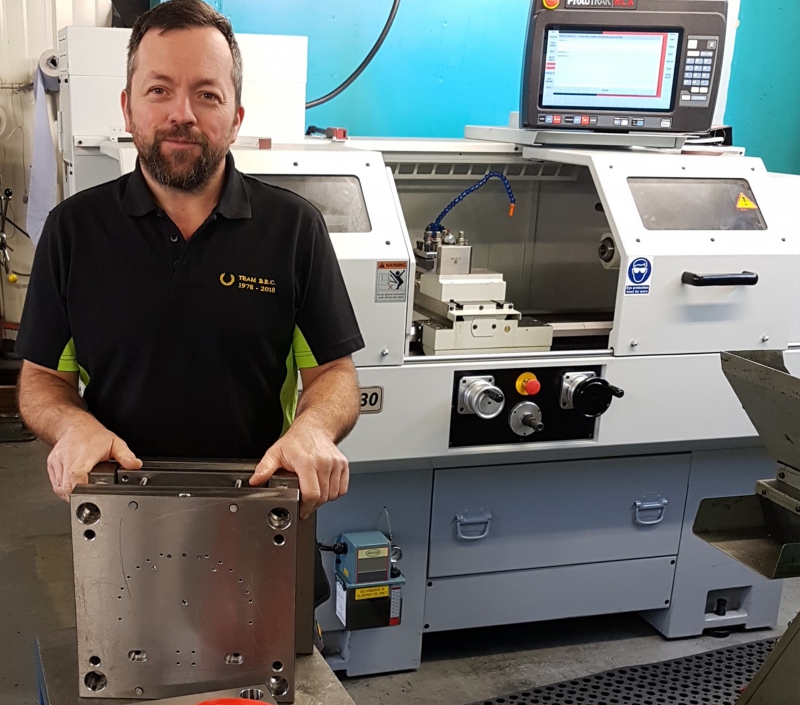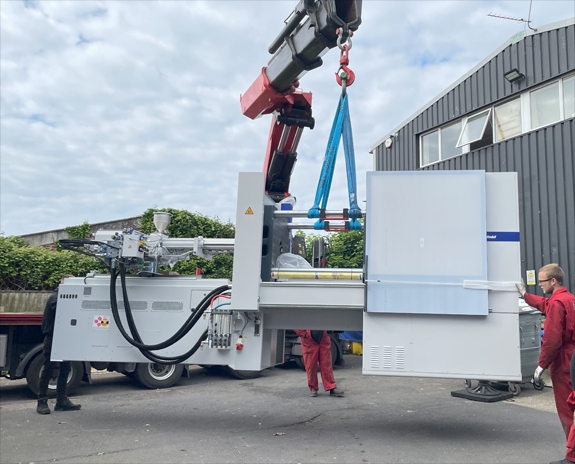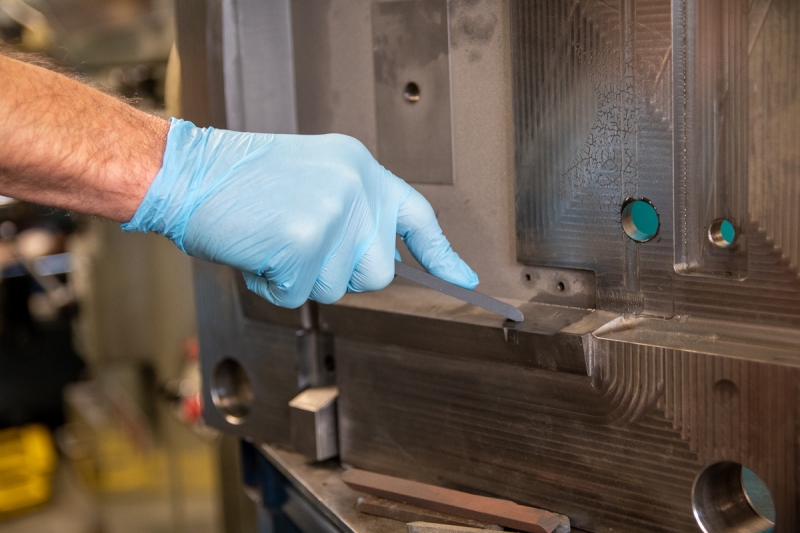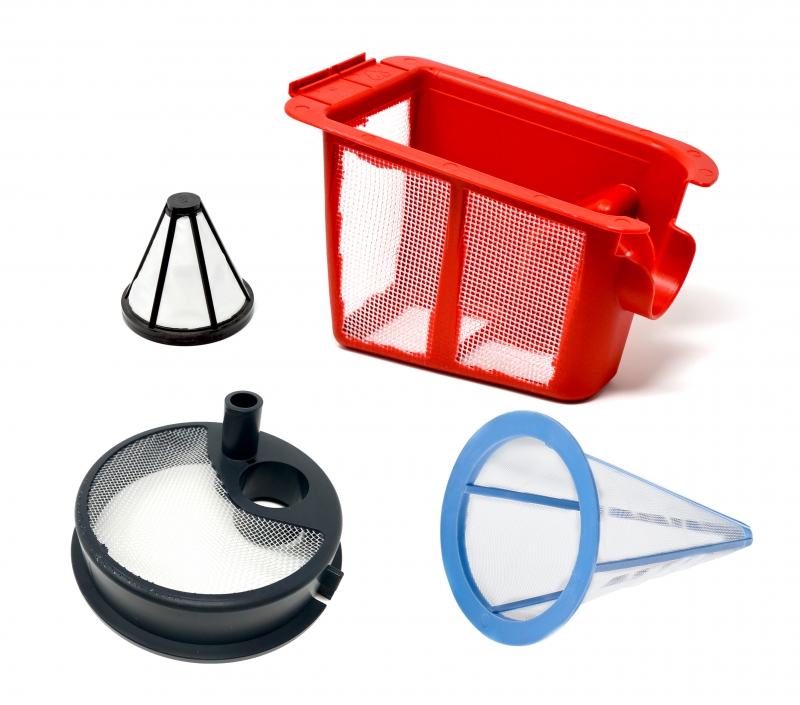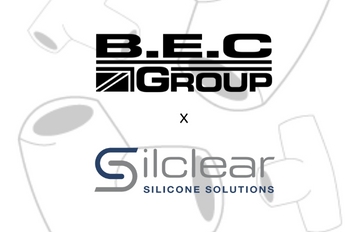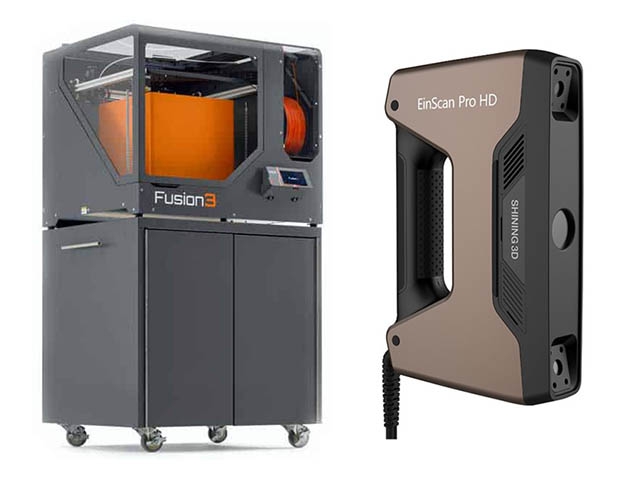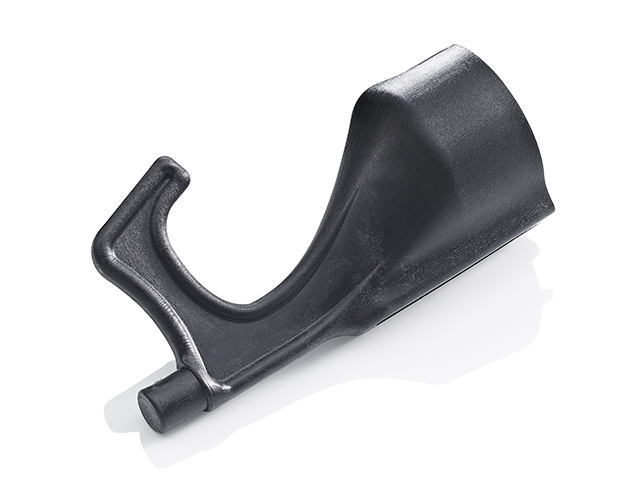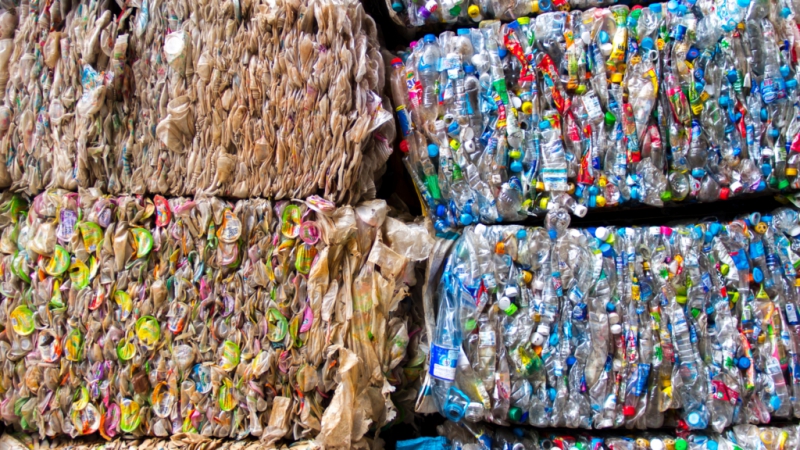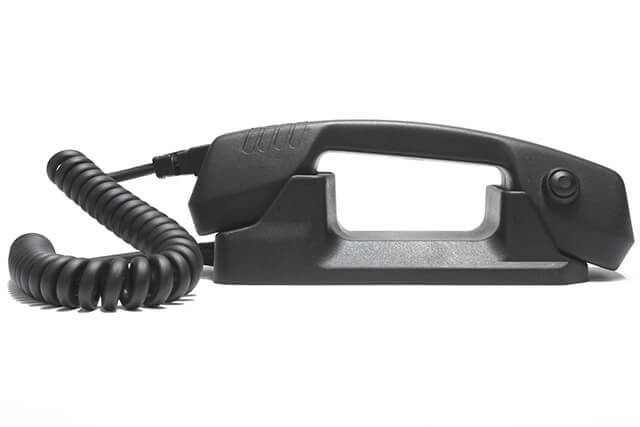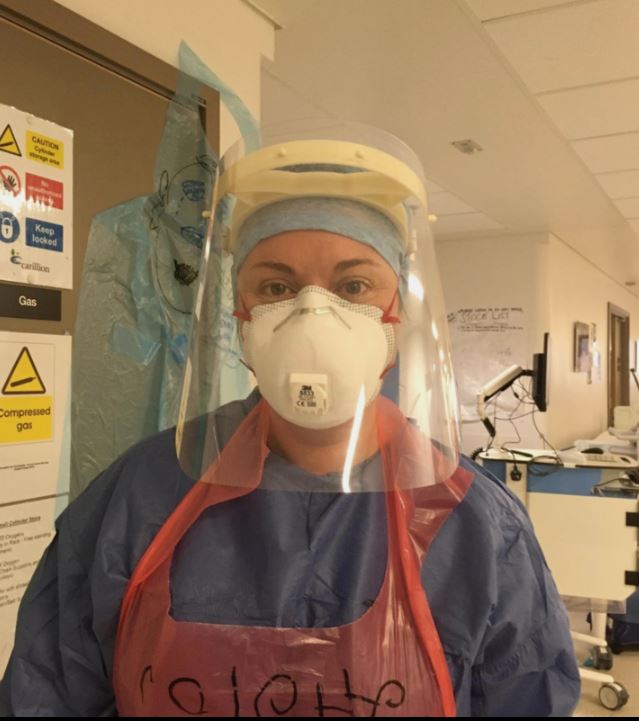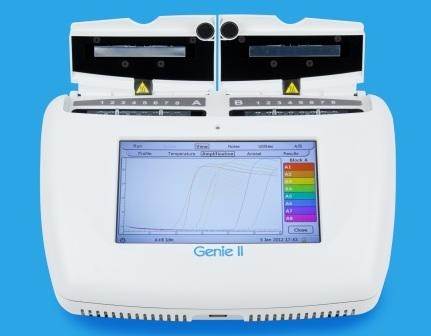- Contact 0870 350 7767
- |
- Advertise
Moving manufacturing from 3D printing to injection moulding
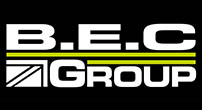 News and PR from BEC Group - Published 01 November 2023
What are the differences between 3D printing & injection moulding a plastic part? When should manufacturers move from 3D printing to injection moulding? What do they need to consider when doing so?
News and PR from BEC Group - Published 01 November 2023
What are the differences between 3D printing & injection moulding a plastic part? When should manufacturers move from 3D printing to injection moulding? What do they need to consider when doing so?3D printing is an additive manufacturing process involving printing layers of thin material (typically plastic) and fusing them together to from a part. 3D printers are used on everything from jumbo jets to prosthetic legs. It is also often the first port of call for small manufacturers attracted by the low start-up costs and ease of production.
How does injection moulding work?
Plastic injection moulding works by injecting molten plastic into a closed metal mould tool, the plastic cools and solidifies inside the tool, taking the shape of the inside of the mould. It is then opened and ejected to reveal the finished part.
Moving from 3D printing to injection moulding
3D printing is well suited to manufacturing at low volumes  the set-up costs are low in comparison to injection moulding and can easily be produced with a home 3D printer. As production increases in volume however, 3D printing can be too time-consuming and costly. Injection moulding on the other hand is more appropriate for high volume orders which will justify the initial outlay of tooling and provide the customer with a lower cost per part than 3D printing,
For high quality, identical parts, injection moulding is superior to 3D printing. 3D printed parts are unlikely to produce identical, accurate to CAD parts. This is due to the type of printer used as tolerances can be low. 3D printed designs can be improved post-production, but often produce less polished looking parts than those injection moulded.
However, when producing parts that have frequent design changes, 3D printing tends to be a better option. Contrary to 3D printing in which designs can easily be adapted and tested almost instantaneously, changing a mould tool design is much more complex and expensive.
Design considerations
Several design considerations must be taken into account when moving from 3D printing to injection moulding. These include consistent wall thickness (to prevent sinkage and warp), adding draft angles (to allow for easy ejection of the part), the addition of ribbing (for enhancing strength).
A design for manufacture will take all of this and more into consideration to avoid further issues down the road. Reducing part complexities, rounding sharp corners, and removing undercuts will all come into play in making your part manufacturable with injection moulding.
When deciding on how to move forward with production of your part, cost, application, and production volumes should all be considered.
If youÂd like to discuss moving from 3D printing to injection moulding with BEC, or a specific project get in touch via [email protected] or call us on 01425 613 131.
Other announcements from BEC Group
-
Behind the Scenes in BEC Toolroom: Apprenticeship
Our busy toolroom at BEC Group continues to expand as our orders grow. Our newest addition to the tooling department, Tom is an apprentice machining technician. We caught up with Tom in the toolroom.
11 Apr 2024
-
NDAs in Plastic Injection Moulding
Read on to find out what an NDA is, why its used and whether you might benefit from having one (were moulders, not lawyers, so do seek independent legal advice if you think an NDA is appropriate for
19 Sep 2023
-
Top Ten Benefits of In-House Tooling
Read on for the top ten benefits of keeping tooling in-house, to get the most out of your initial investment in injection mould tooling.
22 Jun 2023
-
A fond farewell and new machinery arrives
BEC Group say goodbye to one of their oldest injection moulding machines, and replace it with a Battenfeld Smartpower 240 to allow for larger mouldings to be produced.
30 May 2023
-
BEC GROUP OFFERS RECYCLED PLASTICS RANGE FOR CUSTOMERS
BEC Group are pleased to announce the expansion of our Green Plastics Range to include a variety of up to 100% recycled plastics for the exclusive use of our plastic injection moulding clients.
19 Apr 2023
-
Top ways to save money when manufacturing your mould tool
Mould tooling is rarely cheap (and if it is it probably isn't great quality!), but there are a number of ways you can save precious pounds during the process. Find out more from BEC's toolmakers.
30 Mar 2023
-
Why should you injection mould your filters?
BEC Group manufacture thousands of bespoke filters every week that are used in your kettle, car and washing machine. Find out more about injection moulding filters and the advantages of this technique
22 Dec 2022
-
BEC Partnership with Silclear
BEC Group are pleased to announce a new partnership with silicone solutions provider Silclear.
13 Sep 2022
-
BEC Group Upgrades 3D Printer and Scanner
BEC Group have upgraded our 3D printing and scanning suite to make tooling and moulding development easier and quicker for our customers.
01 Jun 2022
-
-
BEC Group acquires filter encapsulation warehouse as demand increases
To keep up with demand and accommodate further filter encapsulation production, BEC Group have secured a lease on a new facility...
05 Nov 2021
-
How Green is my Product? Recycling and Using Recycled Material
THE DAILY GRIND: HOW USABLE IS RECYCLATE?
16 Sep 2021
-
Making Designs Manufacturable
We sat down with our Head of Design & Innovation, Paul Holland, to learn all about BEC's Design for Manufacture process.
02 Sep 2021
-
-
Case Study - Tuff Handset for DAC
HANDSET BUILT FOR RAIL INDUSTRY CRITICAL COMMUNICATIONS - FAILURE NOT AN OPTION
15 Oct 2020
-
Proud to join the ranks of the Railway Industry Association
Were thrilled to have joined the well-respected member ranks of the Railway Industry Association (RIA), the trade association for the UK-based suppliers to the UK railway industry.
28 Sep 2020
-
Factory switches to making thousands of the 'world's safest visors'
NHS workers are wearing visors dubbed the safest in the world thanks to a local business.
01 Sep 2020
-
Worlds Safest Face Visors
We joined with UK designers and other UK manufacturers to answer the calls for Critical PPE. The face shield has been awarded a Level 3 EU Type-Examination Certificate
21 Jul 2020
-
Local firm joins fight against tree disease
BEC Group engineers and manufactures a portable device for OptiGene that is being used to track the spread of the ash dieback disease.
14 Jan 2013






